
The towns are a mixture between Oualida which looks relatively new and older towns.
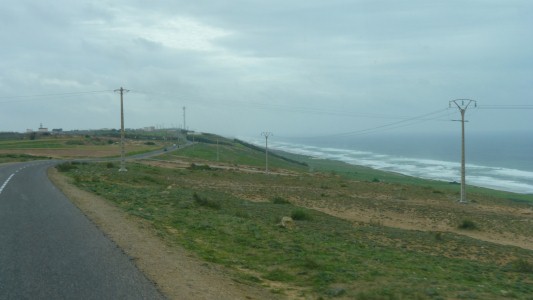



Surprised at the peacocks in the campground.

This is the wall around the medina.
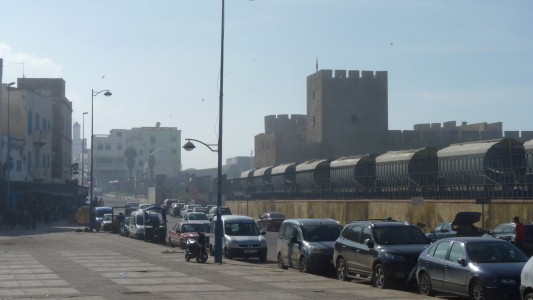
The rail line runs between the town and the sea.
Had to find our way across it to the cliff top fortress.
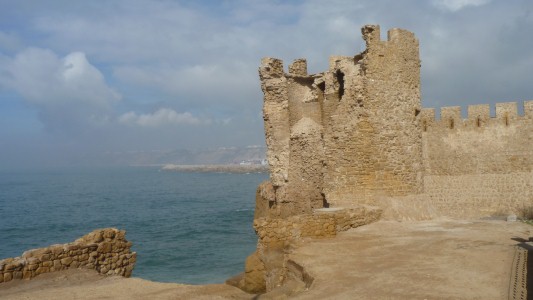
Possibly built around 1508 and taken by the local population in 1541.
Either this or the town wall was restored in the 1960's.

At the top is the Sultan's palace. The Kechla.
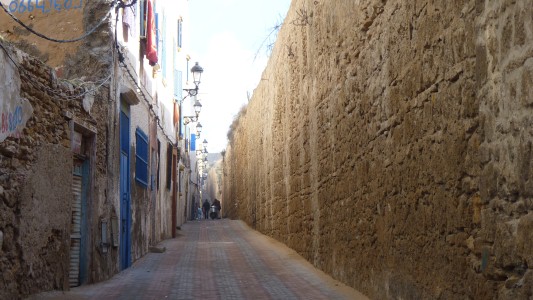

Port in the background.
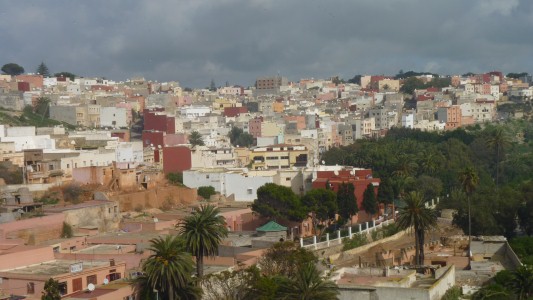
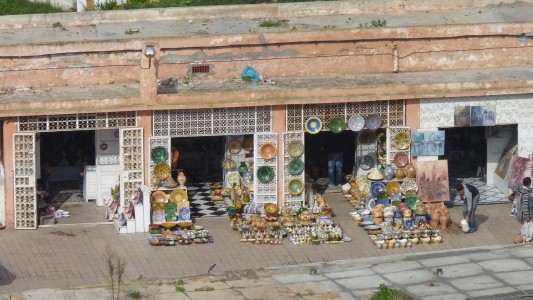
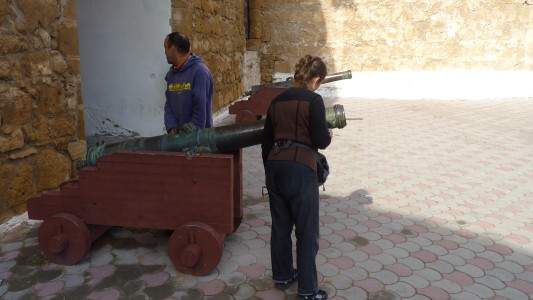
But first a fine pair of bronze canon.
Conrad Wegawaert, whose name appears on the canons, was a 17th century Dutch director of the National Foundry in the Hague.
We are a little confused as the number on the canon, 1120, is possibly a year in the Hijri calendar which translates to 1708 in our Gregorian calendar. Wegawaert died in 1664.
Very nice canon though. We think the first bronze ones we've seen on our trip.
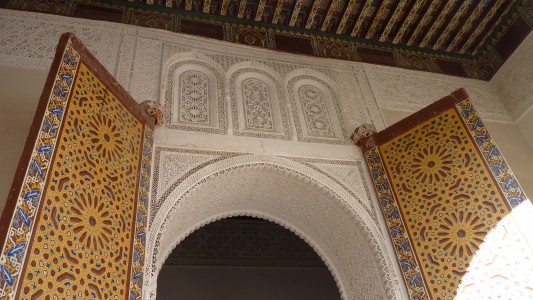
At least we think so.
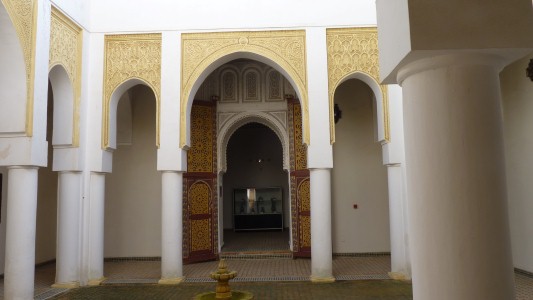
The last Portuguese left Morocco in about 1769 (give or take a year or two).
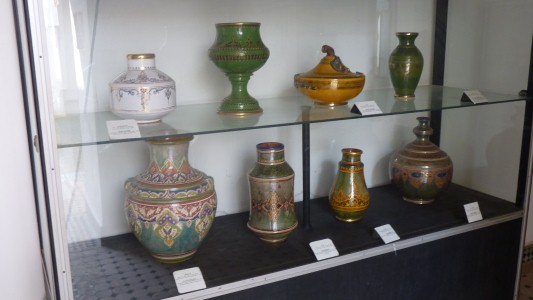
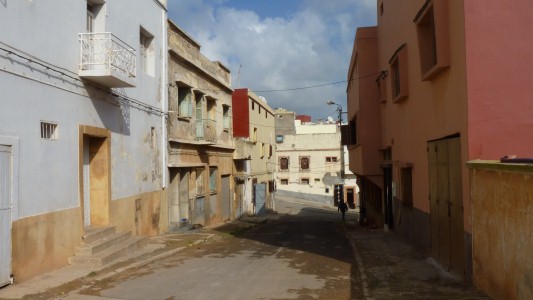
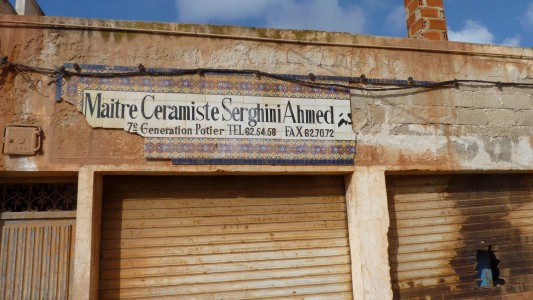
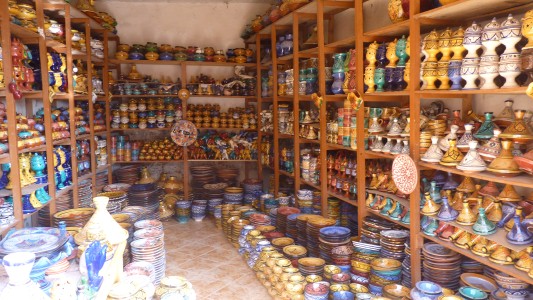
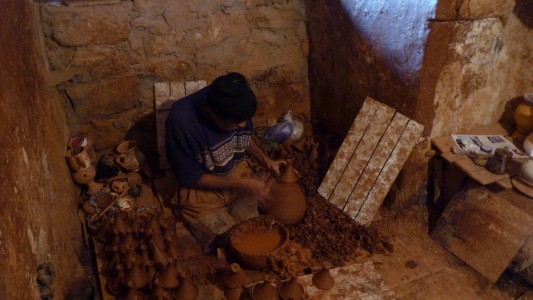
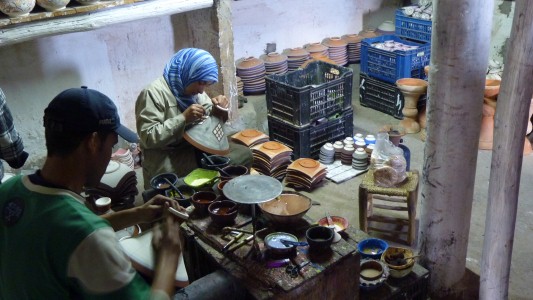
We got the photograph because a Moroccan film crew had a rather large camera beside us.
We were shown "old kilns" (beehive kilns?) but noticed the large stationary gas bottles and concrete blocks alongside the scrubby branches from gum trees.
We ignored the hussling and pressure to buy "something small". The habit of doing something then asking for payment afterwards is not something we enjoy..
And so we retreated to our walled campground.